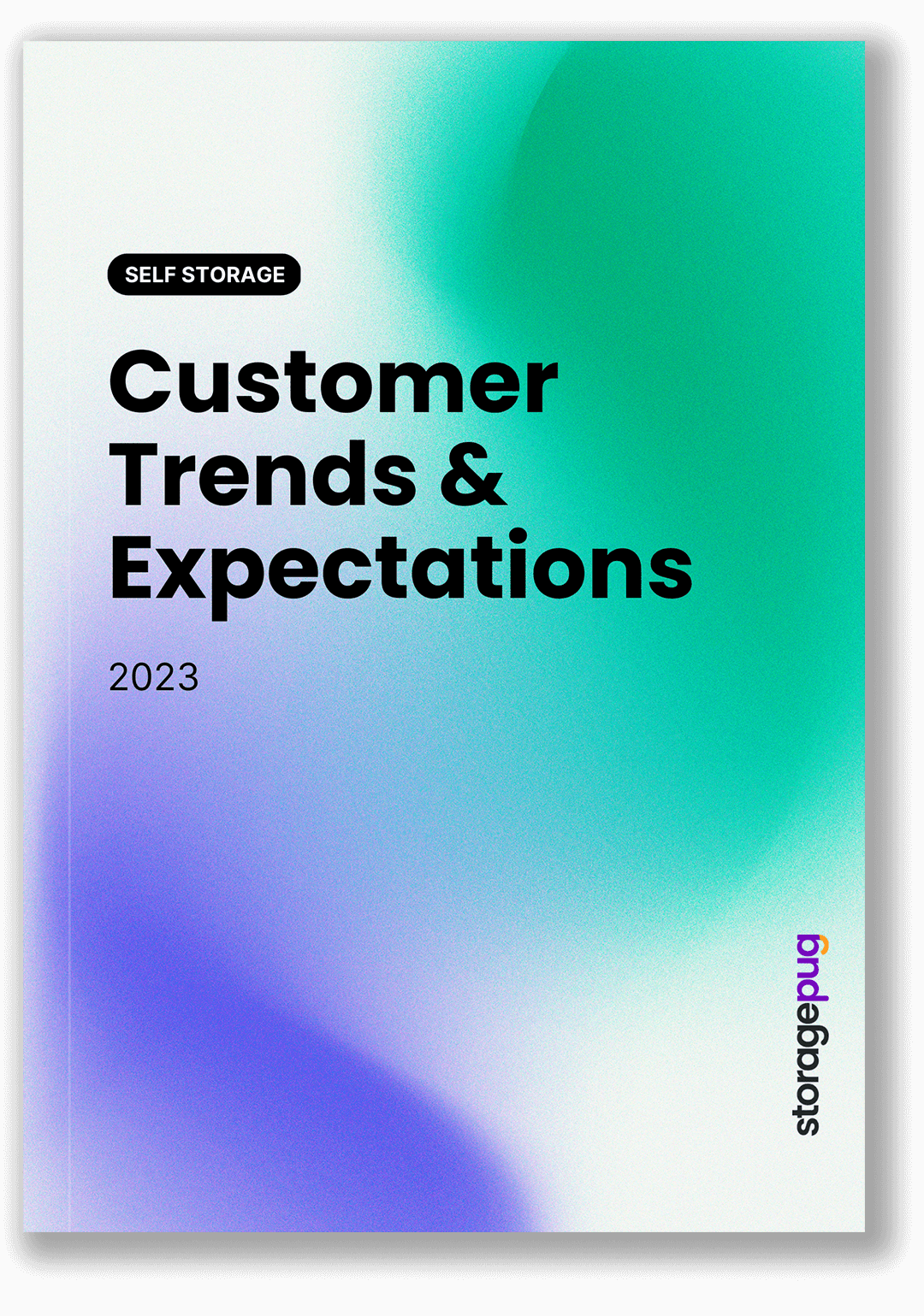Menu
May 17, 2023


The self storage industry seems to be booming all over the world.
While every market is different, it’s inevitable that there will be some advancements and unique ideas developed in some markets that can be taken as lessons for others.
From new amenities to types of units, it’s important to look beyond just your competitors to find new ideas and get ahead of the competition.
Let’s take a look at some of the amenities and other unique aspects of self storage on the other side of the globe!
Before we dive into the details, why should we take a look at other markets, to begin with?
Well, for starters, it’s just plain interesting! Seeing how the industry adapts and changes depending on the market—especially when we start talking about different nations and cultures—can be fun to see.
But there is another great reason beyond interest. Simply put, it’s innovation.
A savvy operator spends time thinking about how to get ahead of the competition. In many cases, this means looking at what other operators are doing in other markets around the country to get new ideas and shore up the business side of things.
But what if you could reach further?
You never know what idea you find in a foreign market might be exactly what you need to set yourself apart from the competition.
Before we get into the amenities and other interesting things about South Korean self storage facilities, it may help for you to have some context about the country.
South Korea measures a little over 38,000 square miles. This is a thousand square feet or so smaller than Kentucky, to help you visualize what that means.
Meanwhile, the county has a population of over 50 million people compared to Kentucky’s 4.5 million. California, which is over 163,000 square miles, is the most populated U.S. state at 39.2 million.
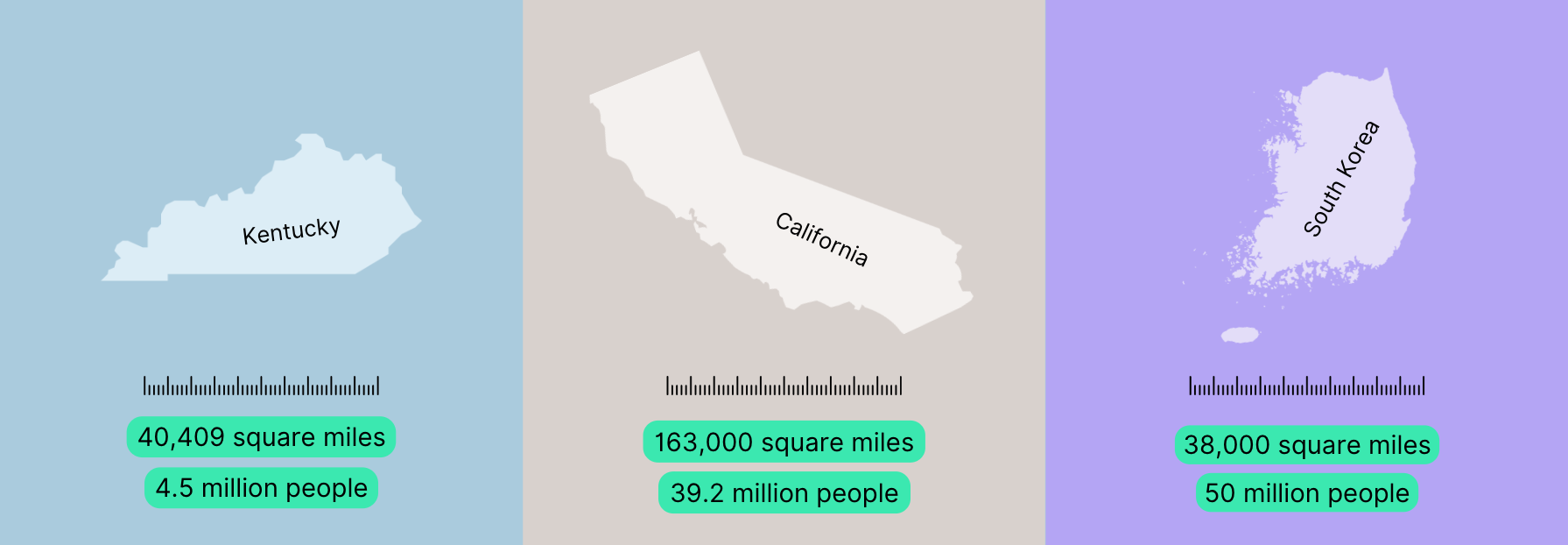
Those were a lot of numbers, but they ultimately just mean South Korea is much smaller than the United States geographically but is incredibly densely populated. This means that many of their self storage facilities are geared towards the more suburban or urban markets.
With that all in mind, here are some of the things we’ve learned operators on the other side of the globe are doing! In this case, we’ll be taking a look at South Korea for the most part.
In the U.S., the monthly rental agreement has become commonplace.
It’s so common that you’d probably be surprised to hear another operator doesn’t offer month-to-month rentals, right?
It’s still worth marketing these short-term rentals to customers that often don’t have the same level of knowledge we do about self storage rentals.
But what if you could market even shorter rentals?
In South Korea, larger operators go as low as two weeks.
That’s right. Taking a look at some large self storage brands in Korea, it seems rental periods go as low as fourteen days! That’s half (or even less than half) of what we do in the United States.
Especially in dense cities, it’s very possible for someone to have a single box or item they just can’t fit in their apartment but want to keep.
In Korea, some operators—such as Q Storage—have solved this problem for customers with single-item storage offerings.
In the case of Q Storage, they list prices for storing a single box of a specific size, a luggage carrier, golf clubs, or even a bicycle. Rent for this single-item storage ranges from 11,000 KRW (around $8.25 USD) to 33,000 KRW (or about $24.75 USD).
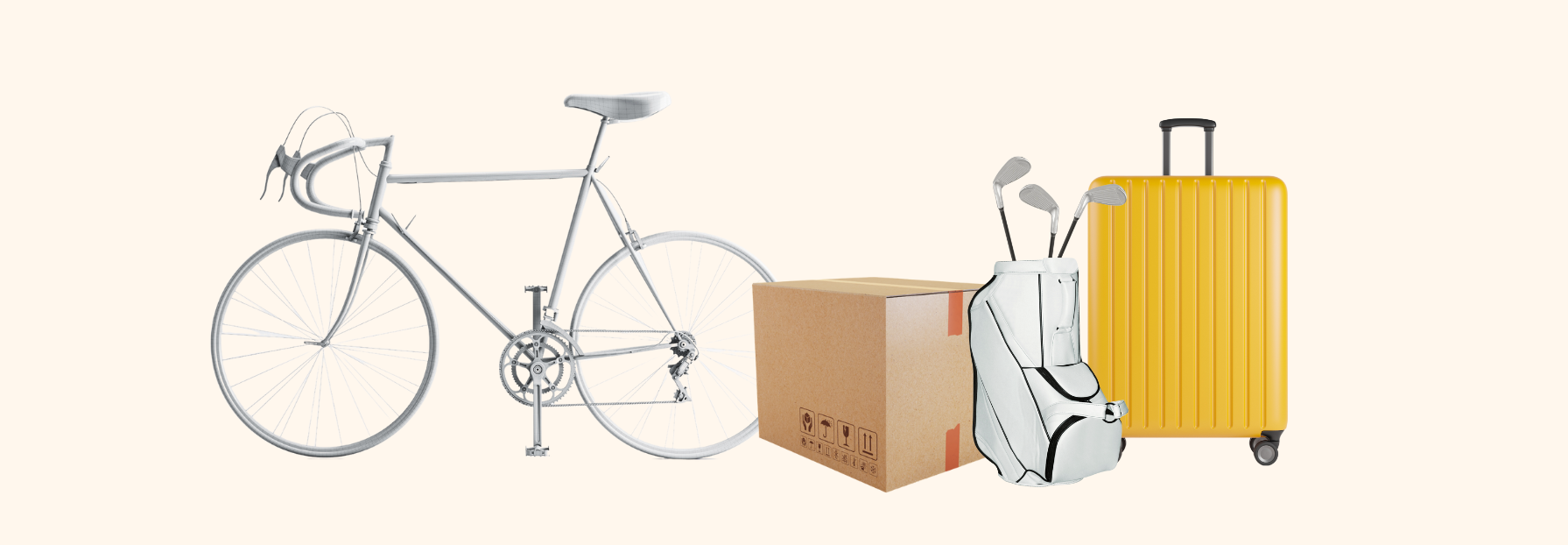
While we can’t say how they actually store these items, it’s not hard to imagine the facility retaining one or two storage units that are used to store them. And how you could make some good extra money with this!
The boxes they require are a little bit smaller than a standard medium box in the United States. If you charged $8 to store a single box, and you could fit around 100 medium boxes in a 10x10 storage unit comfortably, you could make around $800 off of that single 10x10 storage unit!
There are two unique amenities that some large Korean storage brands offer, such as STORHUB:
Customer lounges are probably self-explanatory. These lounges offer a comfortable space to relax, coffee, water, and other items you’d expect.
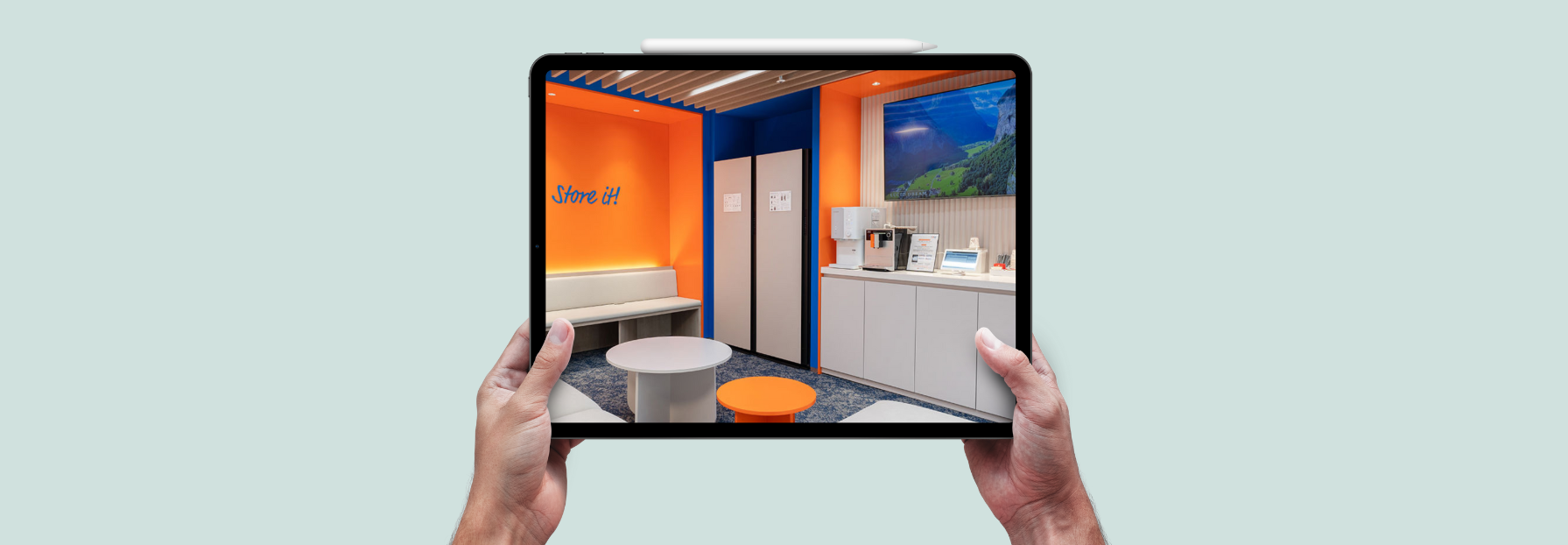
These lounges also include something you might not be familiar with: air dressers. Samsung describes air dressers as devices that will “refresh, sanitize & steam clothes.” It’s essentially like a mini in-lounge dry cleaning service.
This kind of device may not be a major selling point at a rural facility. But what about if your facility is in a denser suburban or even urban city area?
We’ve traditionally viewed storage customers as individuals who place items in their units and don’t come back for a month or two (or more).
As the recent SSA Demand study showed us, this habit is changing with younger generations. (You can view more on this shift—and other great data—right here.)
If customers visit their units more often, this creates an opportunity for storage facilities to offer amenities that improve their comfort. It also means that you can find ways to target the reasons they’re visiting so frequently! If your customers are storing clothes they may need on a monthly basis (or even more frequently), then having a way for them to steam the clothes at the facility sounds like a great selling point!
Speaking of unique ways to use space, some Korean brands offer meeting rooms and studios. In the case of STORHUB, these rooms are actually free for use by their customers.
Meeting rooms aren’t that out of the ordinary. There are even some storage facilities in the United States that offer these—though they may be tied to renting office space at the facilities.
Free studio use definitely sounds unique, though! With online content creators truly an established part of our culture these days—and with more and more people trying to break into content creation—it makes sense that having a place to film could be a great selling point.
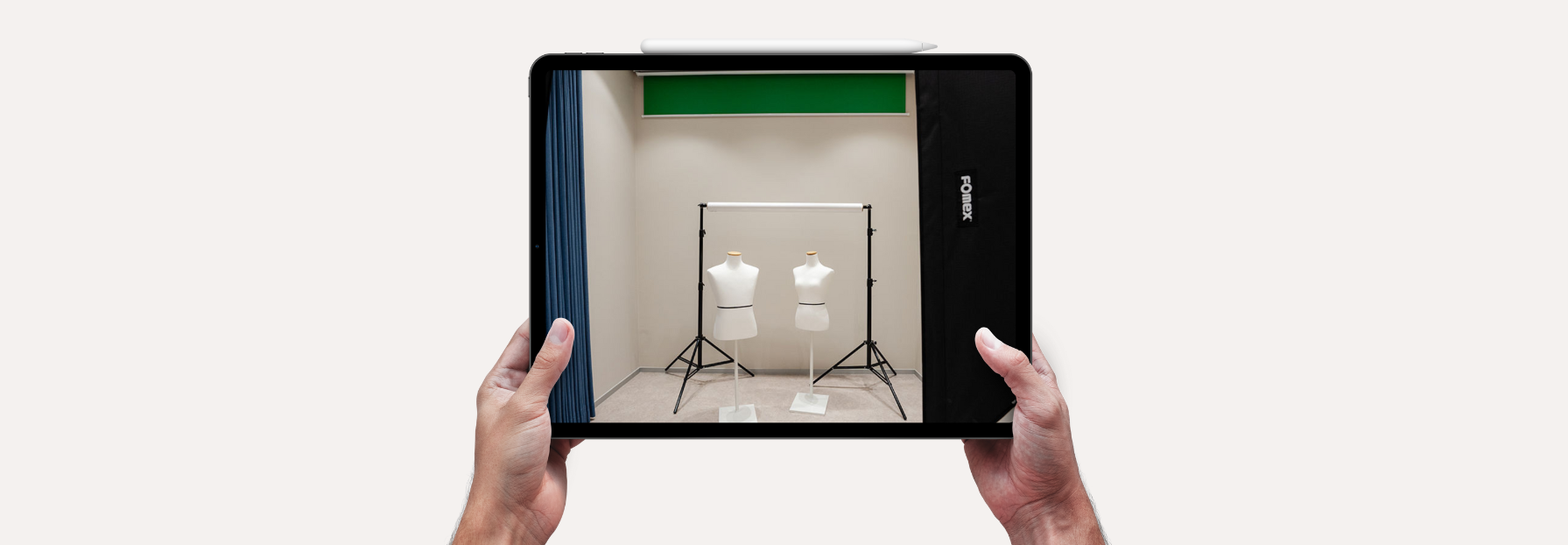
After all, if the use of the studio is tied to being an active renter, then you are solving a person’s need to store their props and filming equipment while also offering them a place in the same facility to use that equipment!
At home in the United States, it’s a bit of a toss-up whether a facility offers 24-hour access.
From security concerns to just not having the technology to make it feasible, operators that don’t offer 24/7 facility access have a variety of reasons for not doing so.
Meanwhile, in Korea, it seems to be the norm—at least for the larger brands.
STORHUB, Q Storage, and Self Locker are just three examples of brands in South Korea that offer 24-hour service at all of their facilities.
What if you only needed an office for the afternoon to get out of the house or maybe while visiting the city for work?
Office space rentals aren’t uncommon in the American storage industry. But usually, these are intended to be longer-term rentals for businesses to operate out of.
At least one large storage brand in Korea offers shorter-term office rentals.

These offices are more like private booths with a desk and light amenities. Because they aren’t designed to operate an entire business out of for the long term, it allows more of these small offices to be installed in the facility.
If you’re in a dense urban market, this could be an extra way to generate revenue, similar to adding boat and RV storage in more rural or suburban areas.
Have you watched a film at a major movie theater lately?
For years now, it’s become standard that theaters include seat reservations as part of the ticketing process. While doing so, they provide a map of the seats and allow you to pick which ones you want.
In South Korea, it seems that some facilities—such as Self Locker facilities—offer a unit map that acts similarly during a rental.
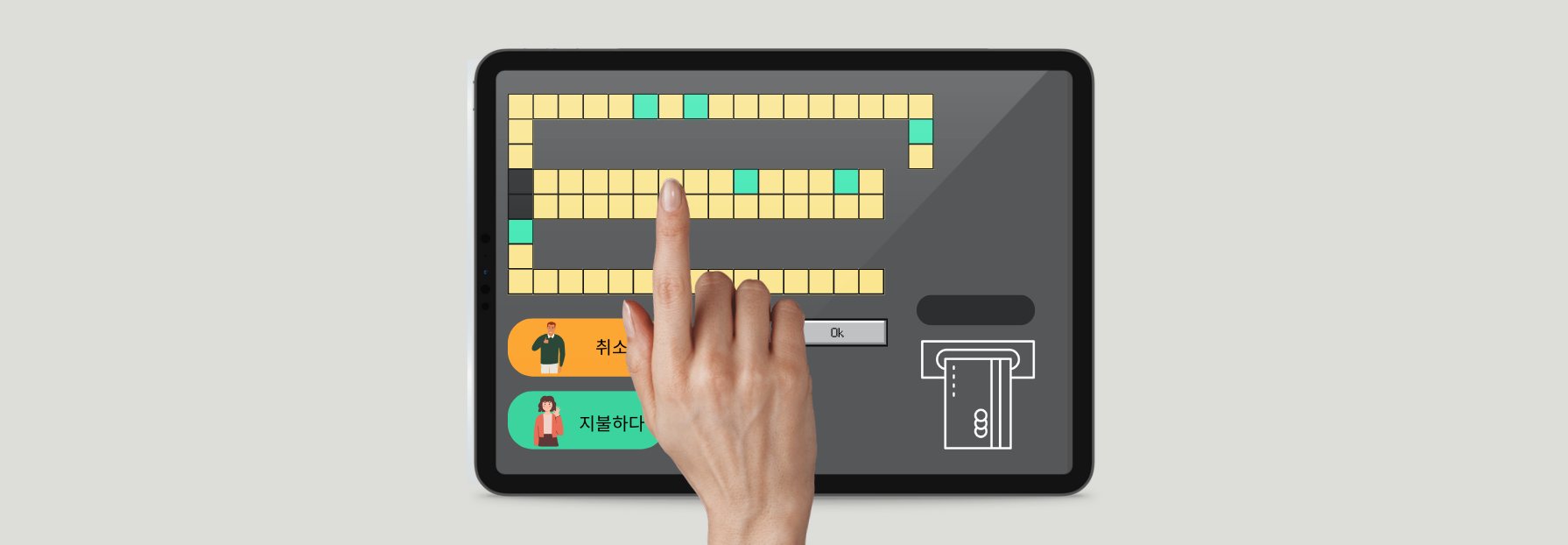
Imagine if you provided a facility unit map during a rental and let customers choose from available vacant units. It’s an extra touch that people are sure to love.
Even better, you could combine this with value pricing and have a visual way to show customers why certain units are more expensive than others! After all, it’s usually better to show (not tell).
There are some other interesting tidbits to learn about Korean self storage, too. These aren’t all necessarily related to amenities, but they’re fun to know!
Most of these final notes are very specific to the Korean market. For example, renting small apartments in South Korea is much cheaper than in the United States.
There are small single-room apartments called goshiwon that are the cheapest housing option in Korean cities such as Seoul or Busan. They cost as little as $200 a month for a city apartment!

Fun fact: Most Korean facilities only seem to offer units up to around 10x10s at the largest. They trend towards smaller units, including actual 1x1 lockers. Because of this, someone needing more space than a 10x10 may benefit from just renting a whole goshiwon apartment for a few hundred a month instead of multiple storage units from a facility!
Maybe learning from the South Korean storage market will teach you something that will help you get ahead of your local competitors. Maybe, learning these facts was just a fun look at storage somewhere else in the world!
Even if the specific amenities we highlighted from these Korean brands aren’t the right fit for your facility, the philosophy behind determining your market’s specific needs and targeting those needs is a great lesson to learn.
Want to see more interesting self storage information and guides? Check out some of these posts:
At StoragePug, we build self storage websites that make it easy for new customers to find you and easy for them to rent from you.
